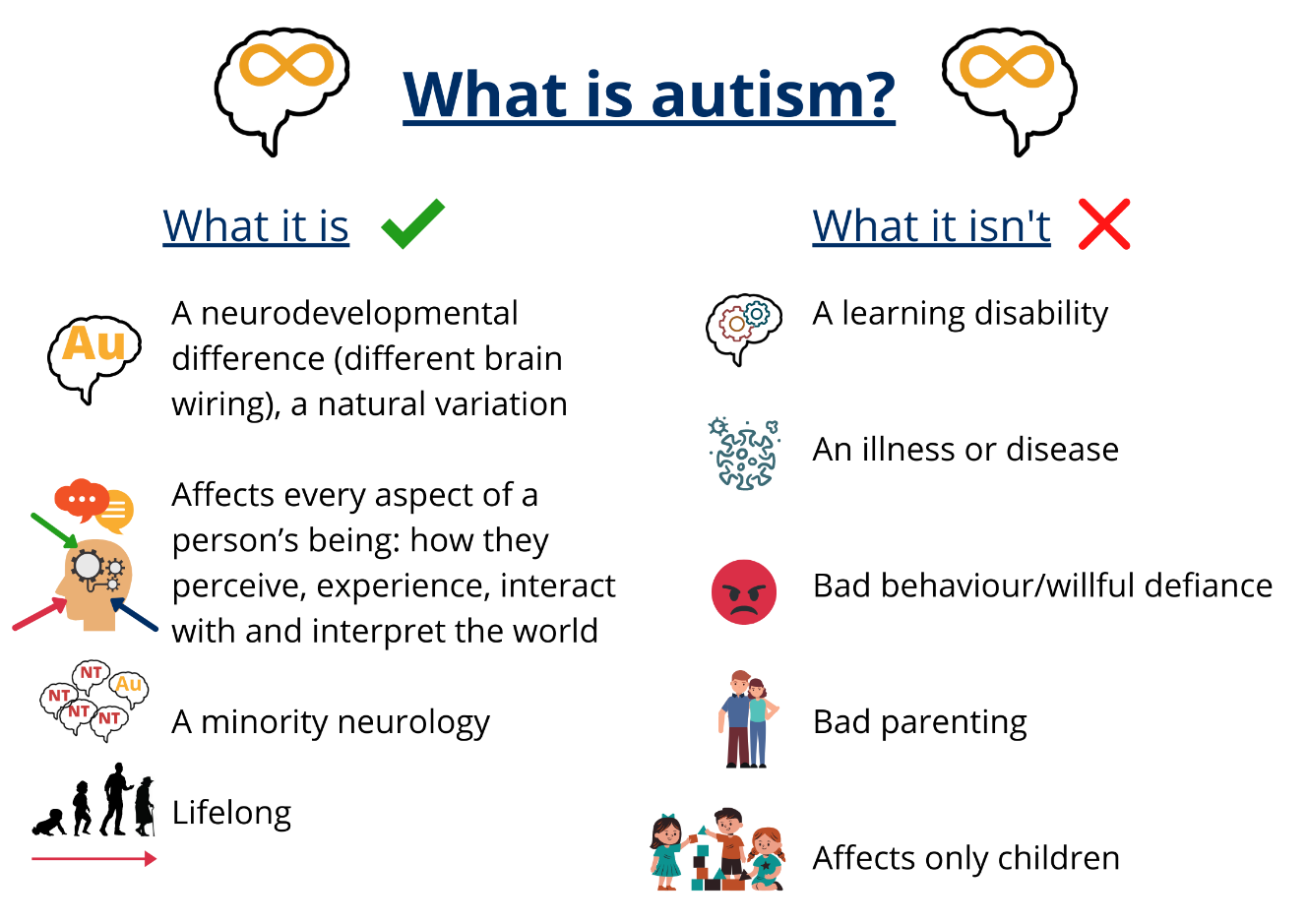What Are Types Of Autism? Recognizing The Spectrum
They may have extremely challenging habits, such as frequent crises, hostility, or self-harm. A person with degree 3 autism could need a great deal even more supervision also when they are a teen, or an adult as compared to people with degree 1 or level 2 autism. Someone with level 2 autism may have a lot more visible stimming habits (in some cases called restricted or recurring habits). Stimming behaviors aren't something to remove, but it is essential to note that some stimming actions can have a negative impact on one's quality of life in particular scenarios.
The local regional center was a contributing data source to the California catchment area. The contribution of these and various other variables to early ASD detection in this community deserves further focus. Understanding different kinds of autism is essential in acknowledging this problem's intricacy. Each of these kinds represents an unique set of obstacles and needs, highlighting the spectrum's diversity. Identifying these differences is crucial for giving ideal and effective assistance and treatment of ASD in kids. PDD-NOS was previously a category within the autism range yet is now a component of the ASD diagnosis.
This increase in medical diagnoses is partially as a result of enhanced recognition and analysis standards, yet it likewise highlights the critical requirement for a much deeper understanding of the various types of autism. Rainbow minds unravel in a spectrum of luster, testing our understandings of what it means to be distinctly human. This extensive statement envelops the significance of Autism Spectrum Problem (ASD), a complex neurodevelopmental problem that impacts millions of individuals worldwide. As we explore the diverse types of autism, we start a journey to understand the elaborate tapestry of human neurodiversity and the myriad means it materializes. Kanner's Syndrome is the type of autism many people consider when imagining children on the autistic spectrum.Kanner's syndrome, or traditional autism, is the type of autism most people recognize with. It entails substantial challenges in interaction, social communication, and behavior. Convincing Developing Disorder Not Or Else Specified (PDD-NOS), along with autism and Asperger's Disorder, is just one of the former 3 main types of autism. The difference in between prevalent development disorder and autism prior to the DSM-V was an inability to satisfy every one of the standards for autism. In spite of Asperger's elimination from the DSM, many people still relate to the term, and it does not always existing exactly as "typical" autism does.
Discovering Handicaps
- This mouthful of a medical diagnosis included most children whose autism was much more severe than Asperger's disorder, yet not as extreme as autistic disorder.By acknowledging and valuing these differences, we can foster a more comprehensive and supportive neighborhood.This guide will certainly walk you through the various kinds of ASD, furnishing you with the info needed to better comprehend and sustain your child.Normal tracking, medication, and way of living modifications end up being vital components of our everyday presence.Till concerning the 1970s, the classic autism studies included all shades of ASD packed under a generic term 'Autism'.
The Diagnostic and Analytical Guidebook of Mental Disorders (DSM) has played a critical duty in this procedure. The DSM-IV, published in 1994, acknowledged numerous unique subtypes of autism, including Autistic Problem, Asperger's Disorder, and Pervasive Developmental Disorder-Not Otherwise Specified (PDD-NOS). Second, it assists to resolve mistaken beliefs and stereotypes concerning autism, promoting a much more comprehensive society.
Is Dyslexia The Same As Autism?

Exactly How To Construct Strength: 7 Transformative Actions To Strengthen Your Mind And Handle Life's Difficulties
By embracing this variety and continuing to expand our understanding, we can develop a much more comprehensive culture that recognizes and sustains the distinct toughness and needs of individuals across the autism range. As we move forward, it is important to bear in mind that behind every diagnosis is a distinct individual with their very own story, difficulties, and capacity for growth and achievement. These handicaps can impact physical, learning, language, or behavior areas, and they differ considerably in their intensity and effect. Typical instances consist of autism range disorder, spastic paralysis, and Down syndromeA congenital disease triggered by an extra chromosome 21, bring about developmental and intellectual delay ... Autism range disorder (ASD) is a complicated and diverse condition that incorporates a variety of various types, each with its unique characteristics and obstacles.
